Fresh cashew fruit, scientifically known as Anacardium occidentale, is a tropical delicacy native to northeastern Brazil. While the nut (cashew kernel) is commonly consumed and recognized globally, the cashew fruit often remains overlooked. Despite being underappreciated, the cashew fruit possesses a unique flavor profile and a rich nutritional composition, making it an exciting addition to culinary traditions and a valuable source of essential nutrients. This article aims to provide a comprehensive summary of the fresh cashew fruit, highlighting its nutritional benefits, culinary uses, and the potential growth opportunities in the global market. Nutritional Composition of Fresh Cashew Fruit: Cashew fruit is a nutritional powerhouse containing an array of essential vitamins, minerals, and antioxidants. While the taste and texture of the fruit may be unfamiliar to many, its remarkable nutritional value cannot be ignored. Here are some key nutrients found in fresh cashew fruit: 1. Vitamin C: Cashew fruit is an excellent source of vitamin C, providing approximately 8-10 times more than oranges. Vitamin C plays a vital role in boosting the immune system, protecting against oxidative stress, promoting collagen synthesis, and supporting overall health. 2. Minerals: Fresh cashew fruit contains essential minerals such as potassium, phosphorus, magnesium, and iron. These minerals are crucial for maintaining healthy bodily functions, including nerve function, muscle contraction, and red blood cell production. 3. Antioxidants: The fruit is packed with antioxidants like carotenoids, flavonoids, and phenolic compounds. These antioxidants help neutralize harmful free radicals, reducing the risk of chronic diseases like cancer, heart disease, and inflammation. 4. Fiber: Cashew fruit is a good source of dietary fiber, which aids digestion, promotes a healthy gut, and regulates blood sugar levels. The soluble fiber found in the fruit also helps reduce cholesterol levels. Culinary Uses and Traditional Practices: Traditionally, cashew fruit is consumed in the regions where it is grown, such as Brazil, India, and Southeast Asia. The fruit is enjoyed in various forms, each reflecting the unique culinary traditions of the region. Here are some popular culinary uses and traditional practices involving fresh cashew fruit: 1. Fresh Consumption: The juicy, fleshy cashew fruit is commonly eaten fresh, either on its own or in fruit salads. It possesses a sweet and tropical flavor, reminiscent of a combination of mango, pear, and apple. 2. Juices and Beverages: Cashew fruit juice is a refreshing and popular drink, especially in tropical regions. Blending the fruit with water or other fruits creates a delicious and nutritious beverage. 3. Jams and Preserves: The fruit’s pulp can be used to prepare homemade jams, jellies, and preserves, adding a unique flavor twist to breakfast spreads or dessert accompaniments. 4. Fermentation: In some cultures, the juice of cashew fruit is fermented to produce a tangy alcoholic beverage known as cashew wine or feni.

nut
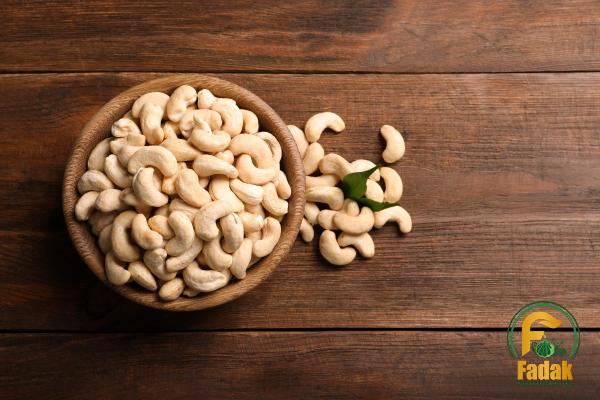 This traditional technique has been practiced for centuries in regions like Goa, India. Potential Growth Opportunities in the Global Market: Although fresh cashew fruit remains relatively unknown in many parts of the world, there is great potential for its growth in the global market. The fruit’s unique flavor profile and numerous health benefits make it an attractive ingredient for various sectors. These are some key growth opportunities: 1. Culinary Industry: As consumers adopt a more adventurous approach towards food, introducing cashew fruit in culinary establishments offers an opportunity for chefs to create innovative dishes and beverages with a tropical twist. The fruit’s exotic flavor and nutritional value can add a new dimension to menus, attracting health-conscious customers. 2. Functional Food and Beverage Sector: The rising trend of incorporating functional ingredients into food and beverages presents an excellent opportunity for cashew fruit. Companies can process the fruit into extracts, powders, or concentrates to be used in wellness beverages, smoothies, protein bars, or even functional supplements. 3. Value-added Products: The extraction of valuable compounds, such as antioxidants and vitamin C, from cashew fruit can lead to the development of value-added products. These could include nutraceutical supplements, natural skincare products, or functional ingredients for the pharmaceutical industry. 4. International Trade: Expanding the market reach of fresh cashew fruit through international trade could increase its popularity and create economic opportunities for small-scale farmers in cashew-producing regions. Countries like Brazil, India, Vietnam, and Mozambique have significant potential for cashew fruit exports. Conclusion: Fresh cashew fruit is an underutilized tropical delight, brimming with essential nutrients and health benefits that deserve recognition. Its high vitamin C content, antioxidant profile, and unique flavor make it an appealing ingredient with great potential in the culinary and functional food sectors. With increasing global interest in tropical flavors and functional ingredients, fresh cashew fruit presents exciting opportunities for the food industry, international trade, and value-added product development. Embracing the potential of this fruit can not only diversify our culinary experiences but also support the livelihood of cashew farmers worldwide. Fresh Cashew Fruit: A Nutritional Powerhouse with Business Potential 1. Introduction to the Market Potential: The market potential for fresh cashew fruit is vast and largely untapped. While the cashew nut industry is thriving globally, the fresh fruit market remains relatively unexplored. With its rich nutritional profile, unique flavor, and versatile culinary uses, fresh cashew fruit presents a promising opportunity for businesses to tap into a growing consumer demand for exotic and healthy ingredients. 2. Health and Wellness Trend: The health and wellness trend continues to gain momentum, with consumers increasingly seeking out natural and nutrient-dense foods. Fresh cashew fruit, with its high vitamin C content, antioxidants, and fiber, perfectly aligns with this trend. Companies can position the fruit as a healthy and functional ingredient that enhances both taste and nutritional value in a wide range of products.
This traditional technique has been practiced for centuries in regions like Goa, India. Potential Growth Opportunities in the Global Market: Although fresh cashew fruit remains relatively unknown in many parts of the world, there is great potential for its growth in the global market. The fruit’s unique flavor profile and numerous health benefits make it an attractive ingredient for various sectors. These are some key growth opportunities: 1. Culinary Industry: As consumers adopt a more adventurous approach towards food, introducing cashew fruit in culinary establishments offers an opportunity for chefs to create innovative dishes and beverages with a tropical twist. The fruit’s exotic flavor and nutritional value can add a new dimension to menus, attracting health-conscious customers. 2. Functional Food and Beverage Sector: The rising trend of incorporating functional ingredients into food and beverages presents an excellent opportunity for cashew fruit. Companies can process the fruit into extracts, powders, or concentrates to be used in wellness beverages, smoothies, protein bars, or even functional supplements. 3. Value-added Products: The extraction of valuable compounds, such as antioxidants and vitamin C, from cashew fruit can lead to the development of value-added products. These could include nutraceutical supplements, natural skincare products, or functional ingredients for the pharmaceutical industry. 4. International Trade: Expanding the market reach of fresh cashew fruit through international trade could increase its popularity and create economic opportunities for small-scale farmers in cashew-producing regions. Countries like Brazil, India, Vietnam, and Mozambique have significant potential for cashew fruit exports. Conclusion: Fresh cashew fruit is an underutilized tropical delight, brimming with essential nutrients and health benefits that deserve recognition. Its high vitamin C content, antioxidant profile, and unique flavor make it an appealing ingredient with great potential in the culinary and functional food sectors. With increasing global interest in tropical flavors and functional ingredients, fresh cashew fruit presents exciting opportunities for the food industry, international trade, and value-added product development. Embracing the potential of this fruit can not only diversify our culinary experiences but also support the livelihood of cashew farmers worldwide. Fresh Cashew Fruit: A Nutritional Powerhouse with Business Potential 1. Introduction to the Market Potential: The market potential for fresh cashew fruit is vast and largely untapped. While the cashew nut industry is thriving globally, the fresh fruit market remains relatively unexplored. With its rich nutritional profile, unique flavor, and versatile culinary uses, fresh cashew fruit presents a promising opportunity for businesses to tap into a growing consumer demand for exotic and healthy ingredients. 2. Health and Wellness Trend: The health and wellness trend continues to gain momentum, with consumers increasingly seeking out natural and nutrient-dense foods. Fresh cashew fruit, with its high vitamin C content, antioxidants, and fiber, perfectly aligns with this trend. Companies can position the fruit as a healthy and functional ingredient that enhances both taste and nutritional value in a wide range of products.
Specifications of nut
 3. Culinary Innovations: Fresh cashew fruit provides ample opportunities for culinary innovations. Its tropical flavor can be incorporated into various dishes, such as salads, desserts, sauces, and marinades. Restaurants, food trucks, and catering businesses can create unique menu offerings that showcase the versatility of cashew fruit. By experimenting with different recipes and cooking techniques, businesses can attract curious food enthusiasts and health-conscious consumers. 4. Beverage Industry: The beverage industry also holds enormous potential for fresh cashew fruit. Juices, smoothies, shakes, and cocktails can all incorporate the fruit’s refreshing flavor. Artisanal beverage companies can capitalize on this trend by creating innovative cashew fruit-based drinks that cater to health-conscious consumers looking for natural and exotic options. 5. Value-Added Products: The extraction and processing of valuable compounds found in fresh cashew fruit open up possibilities for the development of value-added products. Companies can create cashew fruit extracts, powders, or concentrates that can be used as flavorings, colorants, or nutritional supplements. These products can be marketed to both the food and beverage industry and the nutraceutical sector. 6. Skincare and Cosmetics: The antioxidant properties of fresh cashew fruit make it a potential ingredient for skincare and cosmetics. Extracts or oils derived from the fruit can be used in the formulation of beauty products, such as moisturizers, serums, and masks. These natural ingredients can offer skin nourishment, hydration, and protection, appealing to the growing demand for clean and sustainable beauty options. 7. Functional Food and Snacks: With the rising popularity of functional foods and snacks, fresh cashew fruit can be incorporated into energy bars, granola, trail mixes, and other healthy snacks. Companies catering to the fitness and health-conscious market can highlight the fruit’s nutritional content, resulting in products that offer a tasty and nutrient-packed alternative to traditional snacks. 8. Sustainability and Ethical Sourcing: Cashew fruit production can be positioned as a sustainable and ethical endeavor. Businesses can emphasize their commitment to environmental sustainability, fair trade practices, and supporting local communities. Transparent and traceable supply chains that adhere to social and environmental standards will resonate with conscious consumers seeking ethically sourced ingredients.
3. Culinary Innovations: Fresh cashew fruit provides ample opportunities for culinary innovations. Its tropical flavor can be incorporated into various dishes, such as salads, desserts, sauces, and marinades. Restaurants, food trucks, and catering businesses can create unique menu offerings that showcase the versatility of cashew fruit. By experimenting with different recipes and cooking techniques, businesses can attract curious food enthusiasts and health-conscious consumers. 4. Beverage Industry: The beverage industry also holds enormous potential for fresh cashew fruit. Juices, smoothies, shakes, and cocktails can all incorporate the fruit’s refreshing flavor. Artisanal beverage companies can capitalize on this trend by creating innovative cashew fruit-based drinks that cater to health-conscious consumers looking for natural and exotic options. 5. Value-Added Products: The extraction and processing of valuable compounds found in fresh cashew fruit open up possibilities for the development of value-added products. Companies can create cashew fruit extracts, powders, or concentrates that can be used as flavorings, colorants, or nutritional supplements. These products can be marketed to both the food and beverage industry and the nutraceutical sector. 6. Skincare and Cosmetics: The antioxidant properties of fresh cashew fruit make it a potential ingredient for skincare and cosmetics. Extracts or oils derived from the fruit can be used in the formulation of beauty products, such as moisturizers, serums, and masks. These natural ingredients can offer skin nourishment, hydration, and protection, appealing to the growing demand for clean and sustainable beauty options. 7. Functional Food and Snacks: With the rising popularity of functional foods and snacks, fresh cashew fruit can be incorporated into energy bars, granola, trail mixes, and other healthy snacks. Companies catering to the fitness and health-conscious market can highlight the fruit’s nutritional content, resulting in products that offer a tasty and nutrient-packed alternative to traditional snacks. 8. Sustainability and Ethical Sourcing: Cashew fruit production can be positioned as a sustainable and ethical endeavor. Businesses can emphasize their commitment to environmental sustainability, fair trade practices, and supporting local communities. Transparent and traceable supply chains that adhere to social and environmental standards will resonate with conscious consumers seeking ethically sourced ingredients.
buy nut
 9. Export Potential: Cashew fruit is predominantly consumed in regions where it is grown, offering significant export potential. Countries such as Brazil, Vietnam, India, and Mozambique have a comparative advantage in cashew fruit production. By developing export channels and establishing distribution networks, businesses can tap into new markets and introduce consumers worldwide to the unique flavors and health benefits of fresh cashew fruit. 10. Partnerships with Farmers: Building partnerships with cashew farmers can not only ensure a reliable supply of fresh cashew fruit but also contribute to the socio-economic development of cashew-producing regions. By collaborating directly with farmers, businesses can create mutually beneficial relationships that support local communities, reduce supply chain inefficiencies, and promote sustainable agriculture practices. 11. Market Research and Consumer Education: To successfully enter the fresh cashew fruit market, businesses should conduct comprehensive market research to identify target consumers, assess competition, and understand consumer preferences. Educating consumers about the nutritional benefits, culinary uses, and unique characteristics of fresh cashew fruit is crucial for driving consumer demand and adoption of the product. This can be done through marketing campaigns, informative content, product demonstrations, and collaborations with chefs and influencers. 12. Regulatory Compliance and Quality Control: Businesses venturing into the fresh cashew fruit market must adhere to relevant food safety and quality regulations. This includes ensuring proper handling, storage, and transportation of the fruit to maintain its freshness and prevent contamination. Implementing rigorous quality control measures throughout the supply chain guarantees consistent quality and builds consumer trust in the product. Conclusion: Fresh cashew fruit presents an exciting opportunity for businesses to tap into the growing demand for exotic and healthy ingredients. With its nutritional value, versatile culinary uses, and potential in various sectors including food, beverages, skincare, and nutraceuticals, cashew fruit offers a chance for innovation, market expansion, and sustainability. By understanding consumer preferences, establishing partnerships with farmers, and ensuring compliance with regulations, businesses can successfully capitalize on the untapped potential of fresh cashew fruit, satisfying the needs of health-conscious consumers worldwide.
9. Export Potential: Cashew fruit is predominantly consumed in regions where it is grown, offering significant export potential. Countries such as Brazil, Vietnam, India, and Mozambique have a comparative advantage in cashew fruit production. By developing export channels and establishing distribution networks, businesses can tap into new markets and introduce consumers worldwide to the unique flavors and health benefits of fresh cashew fruit. 10. Partnerships with Farmers: Building partnerships with cashew farmers can not only ensure a reliable supply of fresh cashew fruit but also contribute to the socio-economic development of cashew-producing regions. By collaborating directly with farmers, businesses can create mutually beneficial relationships that support local communities, reduce supply chain inefficiencies, and promote sustainable agriculture practices. 11. Market Research and Consumer Education: To successfully enter the fresh cashew fruit market, businesses should conduct comprehensive market research to identify target consumers, assess competition, and understand consumer preferences. Educating consumers about the nutritional benefits, culinary uses, and unique characteristics of fresh cashew fruit is crucial for driving consumer demand and adoption of the product. This can be done through marketing campaigns, informative content, product demonstrations, and collaborations with chefs and influencers. 12. Regulatory Compliance and Quality Control: Businesses venturing into the fresh cashew fruit market must adhere to relevant food safety and quality regulations. This includes ensuring proper handling, storage, and transportation of the fruit to maintain its freshness and prevent contamination. Implementing rigorous quality control measures throughout the supply chain guarantees consistent quality and builds consumer trust in the product. Conclusion: Fresh cashew fruit presents an exciting opportunity for businesses to tap into the growing demand for exotic and healthy ingredients. With its nutritional value, versatile culinary uses, and potential in various sectors including food, beverages, skincare, and nutraceuticals, cashew fruit offers a chance for innovation, market expansion, and sustainability. By understanding consumer preferences, establishing partnerships with farmers, and ensuring compliance with regulations, businesses can successfully capitalize on the untapped potential of fresh cashew fruit, satisfying the needs of health-conscious consumers worldwide.
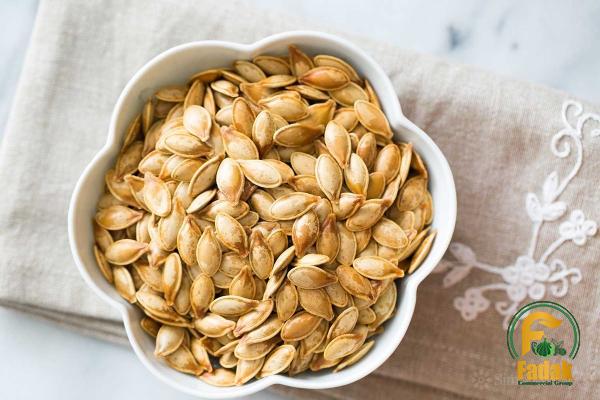
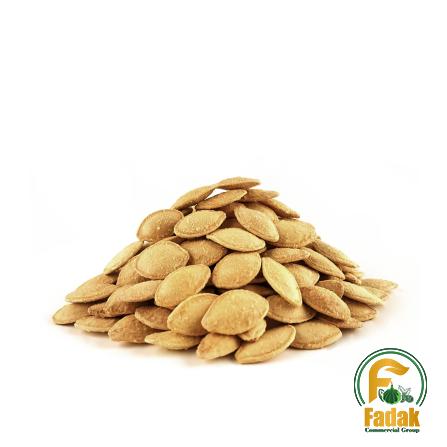

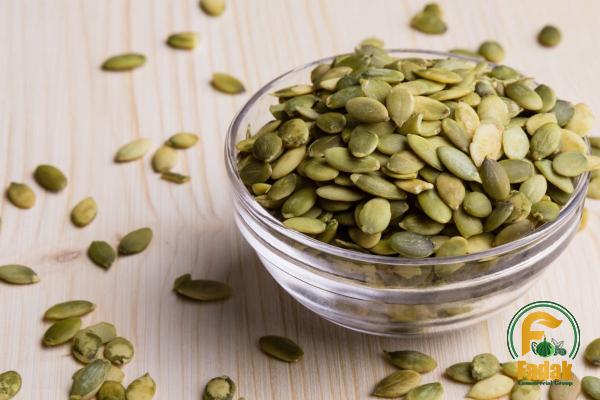
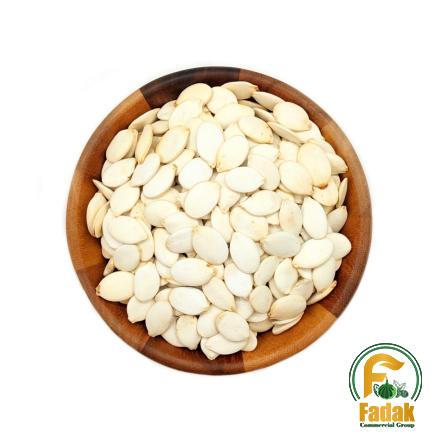
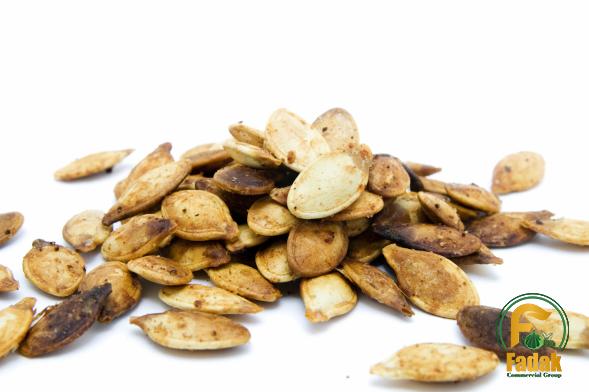
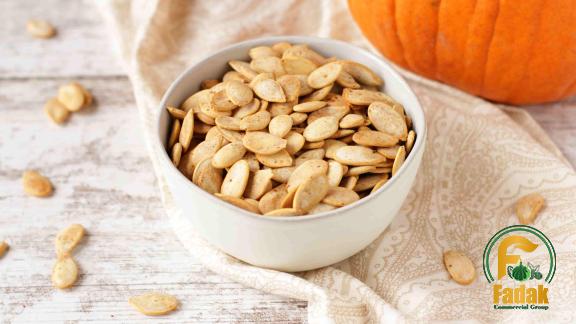
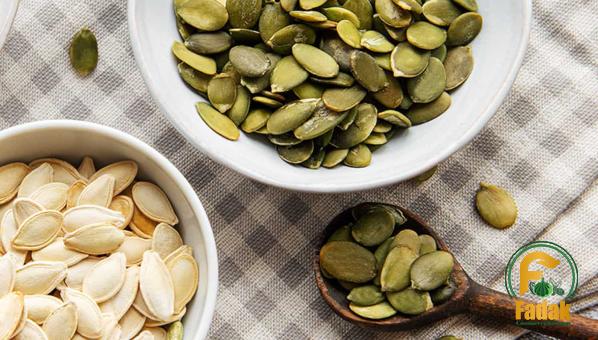


Your comment submitted.